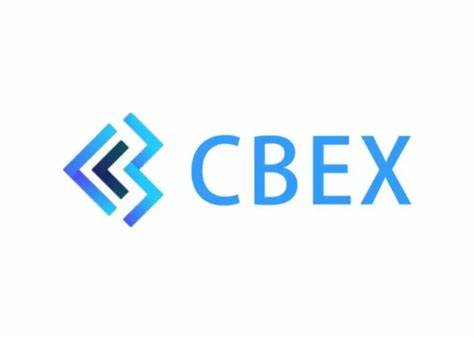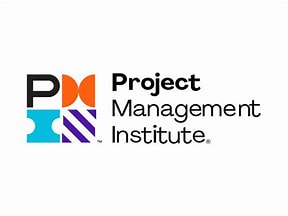Today in business, organizations recognize that investing in employee development is crucial for sustained success. Whether it’s technical skills, leadership training, or soft skills enhancement, well-designed training programs contribute significantly to an organization’s growth. However, how do you measure the return on investment (ROI) for these training initiatives? In this article, we delve into the intricacies of calculating training ROI and understanding its impact.

What Is Training ROI?
ROI in training refers to the quantifiable value gained from training investments relative to the costs incurred. It’s not just about naira and kobo; it encompasses improved performance, increased productivity, and enhanced employee satisfaction. What are the things to consider when calculating training ROI:
Benefits (Gains):
- Improved employee performance
- Enhanced skills and knowledge
- Reduced errors and rework
- Higher employee engagement
- Better decision-making
Costs:
- Direct costs encompass expenses like training materials, trainers’ remuneration, and facility charges.
- Indirect costs encompass the time spent away from regular duties and the productivity dip during training sessions. (Time the money has lost by you being absence)
- Opportunity costs highlight alternative tasks or endeavors that employees could undertake instead of participating in training activities.

Calculating Training ROI
Step 1: Define Objectives
Before measuring ROI, clearly outline the training objectives. Are you aiming to improve customer service, reduce safety incidents, or enhance project management skills? Specific objectives allow you to measure the right outcomes.
Step 2: Collect Data
Gather data before and after training:
- Pre-training metrics encompass baseline performance indicators such as productivity levels and error rates.
- Post-training metrics gauge the extent of improvement, spanning metrics like sales augmentation and defect reduction.
Step 3: Calculate ROI
The formula for training ROI is straightforward: ROI = Benefits – Costs ×100 ÷ Costs
Step 4: Consider Intangibles
Remember that not all benefits are immediately quantifiable. Soft skills development, employee morale, and team cohesion contribute indirectly to ROI.
Maximizing Training ROI
-
Alignment with Business Goals:
Ensure that training aligns with organizational objectives. If your goal is to expand into new markets, train employees accordingly.
-
Continuous Evaluation:
Regularly assess training effectiveness. Use surveys, feedback, and performance metrics to track progress.
-
Customization:
Tailor training to individual needs. Generic programs may not yield optimal results.
-
Long-Term Impact:
Consider the long-term effects of training. Some benefits may emerge gradually.
Case Study: Metro Transit Authority (Measuring ROI for an Absenteeism Reduction Program)
The Metro Transit Authority (MTA) faced challenges related to employee absenteeism. Frequent absences affected service delivery, productivity, and overall efficiency.
MTA decided to implement a comprehensive absenteeism reduction program to address this issue.
Objectives:
- Reduce absenteeism rates among employees.
- Improve overall workforce attendance and punctuality.
Actions Taken:
Training Program Implementation:
- MTA conducted training sessions for supervisors and managers on effective absenteeism management.
- Employees received training on the importance of attendance, time management, and work-life balance.
Data Collection:
- MTA collected data before and after the training program:
Pre-Training Metrics:
- Baseline absenteeism rates.
- Employee satisfaction levels.
Post-Training Metrics:
- Reduced absenteeism rates.
- Improved employee morale.
Calculating ROI:
MTA used the formula for calculating ROI:
ROI = (Benefits – Costs) / Costs × 100%
Benefits:
- Reduced absenteeism led to increased productivity.
- Improved employee satisfaction positively impacted overall work environment.
Costs:
- Direct costs (training materials, facilitators’ fees).
- Indirect costs (employee time spent in training).
Results:
- MTA observed a significant reduction in absenteeism rates.
- Employee morale improved, leading to better job satisfaction.
- Productivity increased due to fewer disruptions caused by absenteeism.
Intangibles:
- Soft benefits included enhanced teamwork, better communication, and a positive organizational culture.
Key Takeaways:
- MTA’s investment in training directly contributed to reduced absenteeism and improved overall workforce performance.
- The case study provided hard evidence of the program’s effectiveness, boosting MTA’s confidence in promoting similar initiatives.
Investing in employee training pays off, but it’s essential to measure that payoff. By understanding training ROI, organizations can make informed decisions, allocate resources effectively, and foster a culture of continuous learning. Remember, training isn’t an expense—it’s an investment in your organization’s future.
Remember to adapt this article to your organization’s context and share it with your team. Happy learning!








